Patagonia Adventures: The Ultimate Guide for Adventure Enthusiasts
Monolithic glaciers, soaring mountains, epic wildlife – it's little wonder Patagonia has become a go-to destination for thrill-seeking hikers and nature lovers more generally.
Covering the southernmost third of Argentina, Patagonia comprises national park areas as well as coastal zones and is home to the planet’s southernmost city – Ushuaia. The area also extends into neighbouring Chile.
Rugged, wild and awe-inspiring, Patagonia can be a rather confusing region to explore, not least because it’s such a huge tract of land with so many incredible destinations.
To help keep you on track, we've created an easy-to-digest guide on getting the most from this unique natural wonderland.
This guide to Patagonia tours relates to Argentine Patagonia, where the vast majority of the area lies.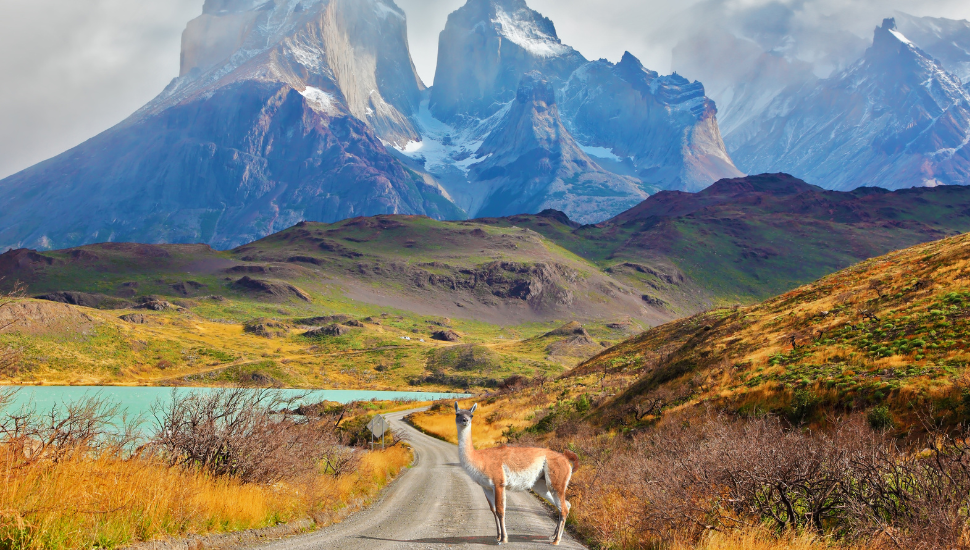
When is the best time for Patagonia treks?
South American seasons are opposite to those in the Northern Hemisphere. As such, the Patagonian Argentine summer runs from December to February. Understandably, this is the region's busiest time. However, while it offers a lot of warming sunshine, this period is when the infamous Patagonian wind is at its fiercest!
A longer trip during the South American summer is a great way to escape the UK winter, without missing the British summer.
But you can also go hiking in Patagonia in the months after summer.
South American autumn runs from March to May and is when the trees turn from green to red and gold.
From June to September it is cold and snowy but very beautiful. You can still enjoy Patagonia treks during this period.
How long do I need in Patagonia?
Because Argentine Patagonia is spread out over such a large area, you'll need at least two weeks to see the main sights. However, this might still feel rushed and won’t be suitable for those who plan to spend several nights camping.
You might also select one of the Patagonia tours based in a particular region such as the north and spend your time there.
As with so many adventures, with Patagonia, the more time you have, the more memorable your trip is likely to be.
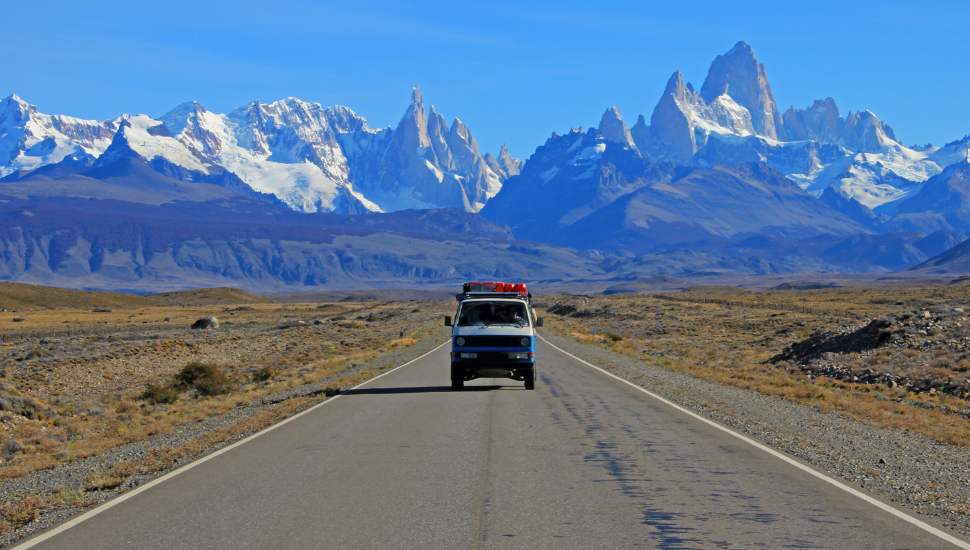
How do I get around Patagonia?
From Buenos Aires and Mendoza, you can fly to a few towns and cities in Patagonia. After this, you'll rely on buses to reach onward destinations.
Be aware that Patagonia covers a huge area and moving between key destinations takes time and effort.
When hiking in Patagonia, group tours by van can relieve much of the planning and stress and have become one of the most popular ways to explore the region.
It's also possible to rent off-roaders and RVs.
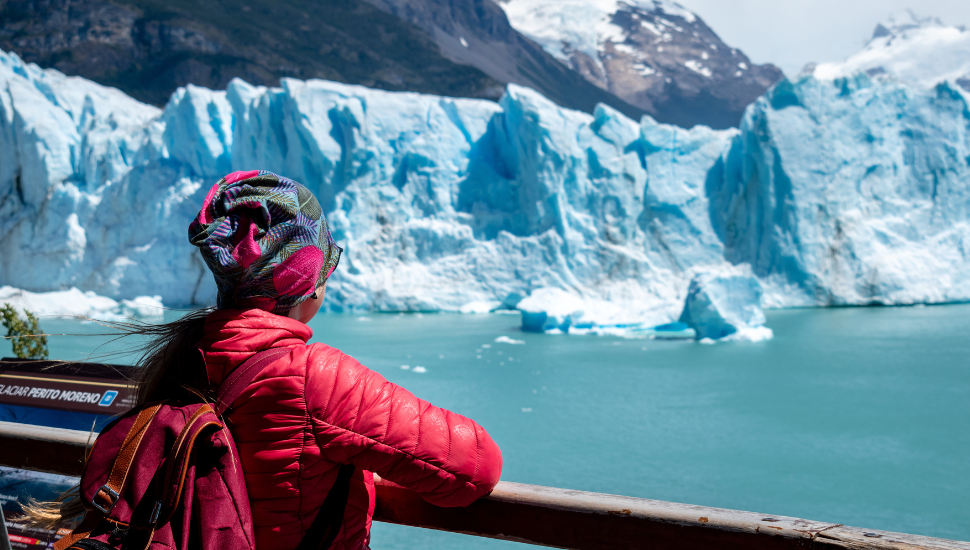
Top activities and sites when hiking in Patagonia
Perito Moreno Glacier
19 miles long, 3 miles wide, and 560 ft deep, this vast ice sheet is the most popular natural wonder in Patagonia.You can see it by walking on the adjacent land or by taking a boat tour up to its face. It's also possible to hike on the glacier itself.
Parque Nacional Los Glaciares
AKA the Hiking Capital of Argentina, El Chaltén is the best place to begin your hiking adventures in the Parque Nacional Los Glaciares.
It’s arguably the leading adventure tourism town in the whole of South America.
Junín de los Andes and El Bolsón
Enjoy fly-fishing and horseback riding; national parks; the city of Bariloche; and the epic Seven Lakes Drive.
Neuquén Province (north)
See the remains of dinosaurs and enjoy some of the many fabulous wines grown here.
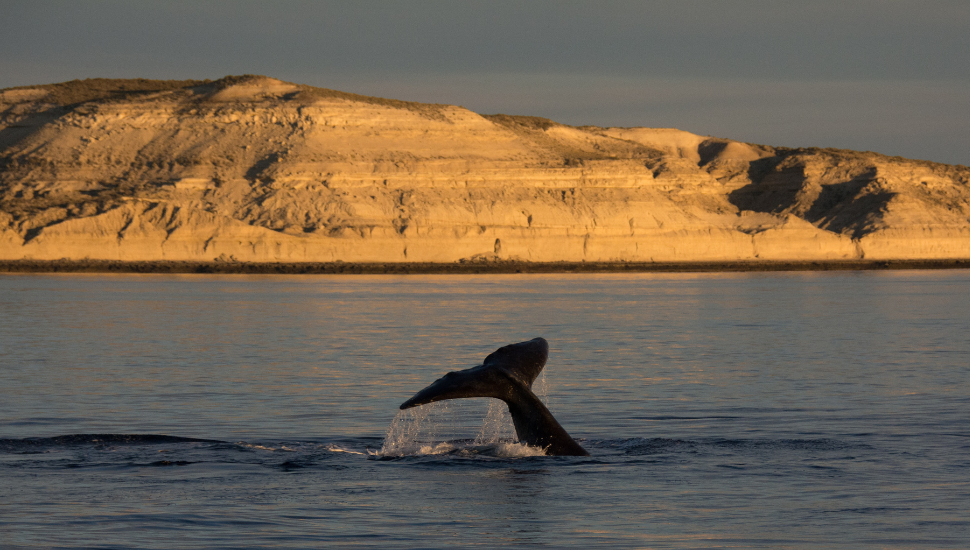
Península Valdés protected area
Love the coast and marine wildlife? Head here and see penguins, whales, sea lions and orcas.
Ushuaia
The gateway to Antarctica and the southernmost city on the planet, Ushuaia is rough yet beguiling – and worlds away from cosmopolitan Buenos Aires.
La Trochita train
Board this antique steam train at Roca and enjoy the epic vistas – made famous by Paul Theroux's The Old Patagonian Express.
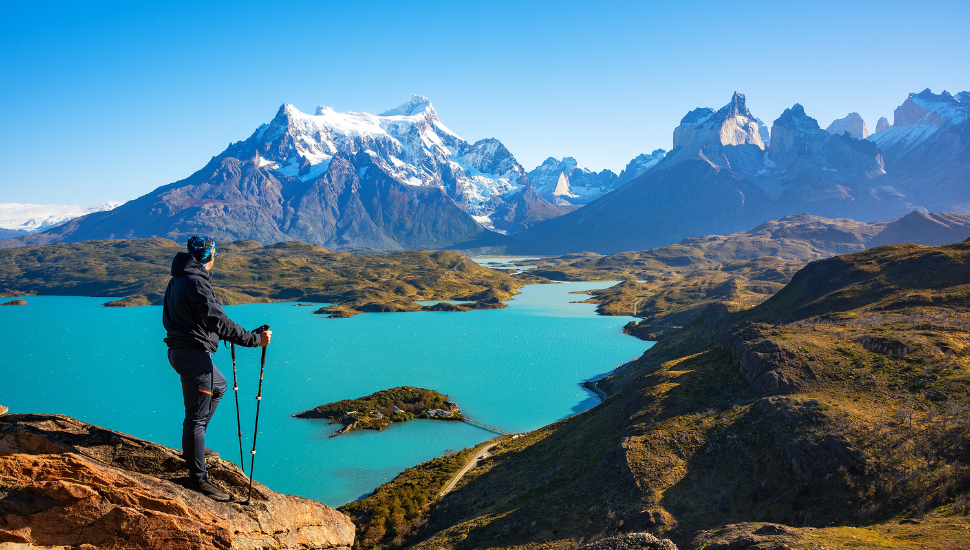
Where can I beat the tourist crowds in Patagonia?
Patagonia is increasingly popular, meaning some key attractions are getting crowded. But such a large area will always have more tranquil places such as Perito Moreno National Park (as distinct from the Perito Moreno Glacier), a stunning wind-buffeted zone of glacier-fed rivers, beech tree forests, and vast steppe grasslands.
It's also home to Patagonia's second-highest peak, San Lorenzo Mountain – 3,706m (12,159ft).
Andean condors, guanacos (similar to llamas) and pumas are all spotted here.
The park has various accommodation options, including cabins, campsites and a guest house.
Should I hire a trekking agency?
A number of agencies specialising in Patagonia tours are available to help you make the most of your trip. Naturally, going with an agency will add to your overall costs but will likely make for a smoother, less stressful and safer hike.
Agencies generally offer two main types of service:
Guided tour and accommodation reservations
This option means you'll have a trained tour guide to help you with all aspects of hiking, from how to avoid an injury to how to put up a tent. They are also first aid trained and will know what to do in case of emergency.
Note that while hiking routes are clearly marked, people do go missing in Patagonia every year.
Booking accommodation at campsites, dorms and cabins is also part of the service.
Accommodation reservations only
You can also hire an agency to handle your accommodation reservations - simply tell them when and where you plan to be.
This can streamline an otherwise complicated process since several firms run the various accommodation options.
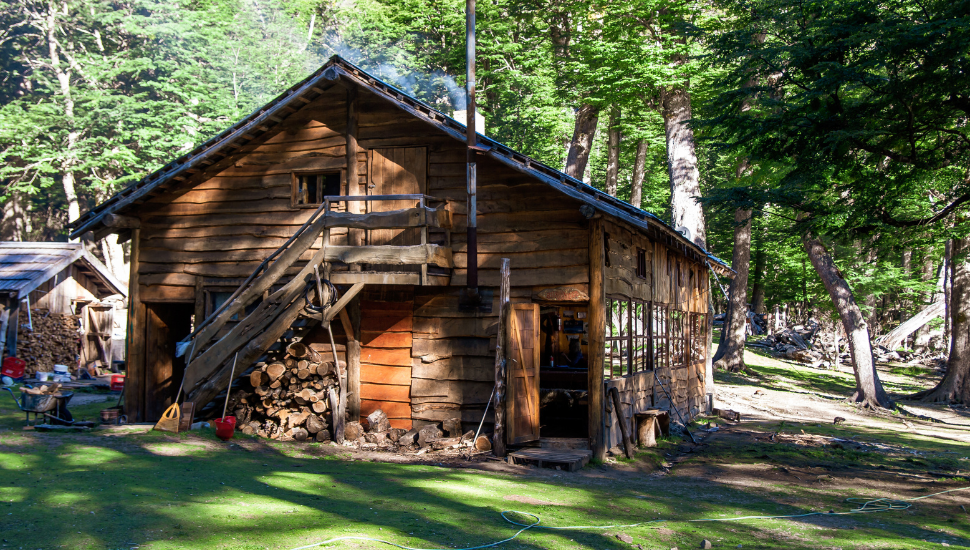
Refugios
Refugios are basic dormitories dotted across Patagonia. These offer communal sleeping quarters and simple cafeteria-style food and drink options. Sleeping bags are available but are unwashed; however, bag liners are made available.
Reservation errors are not uncommon.
If you plan to make your own refugio reservation (as opposed to being part of a planned tour), you can do so at www.aspticket.cl.
You must already have an entrance ticket to make a booking.
Before 2016, hikers could simply turn up at a campsite or refugio. Now, however, you must book ahead.
Many trekkers lament the loss of flexibility of having to book in advance, but it’s critical to do so in order to have somewhere to sleep overnight.
After a long day of hiking, you'll be glad you did!
Do I need to speak Spanish in Argentine Patagonia?
Speaking a little Spanish is a plus, but you'll find people speak sufficient English in the busier towns and cities.
However, the further into the countryside you go, the less English is spoken - so it will pay to memorise a few Spanish words.
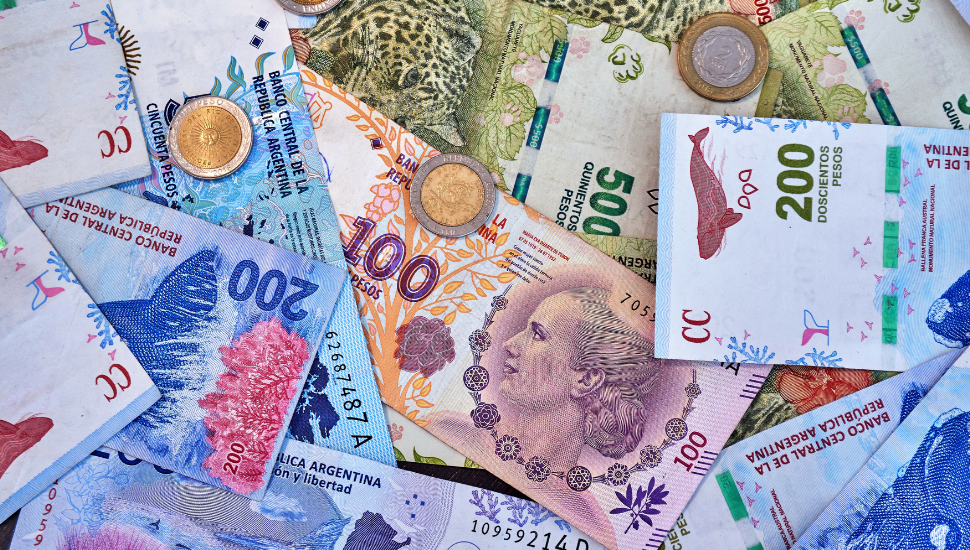
How much should I budget for in Patagonia?
At the time of writing, Argentina is undergoing extremely high inflation. As such, prices for things like internal flights, hotels and meals are changing constantly, making it impossible to give very precise figures.
That said, Patagonia tours and Argentina visits more generally are likely to be very affordable by UK standards, notwithstanding the flight cost.
London to Buenos Aires economy flights in January cost £1,000-£1,400.
What clothing and equipment will I need for Patagonia treks?
Sturdy hiking boots, plenty of layers, socks, waterproofs and sunglasses are some of the key items you'll need on a hiking adventure in Patagonia.
It's best to bring these items with you, rather than buying them in-country (due to the sparse outdoor shops and the spiralling inflation).
Note that the weather can change quickly in Patagonia, so coming ill-prepared for wet, windy and cold weather will severely inhibit your ability to enjoy your trip!
As with many hiking trips, staying warm and dry will be a priority in Patagonia.
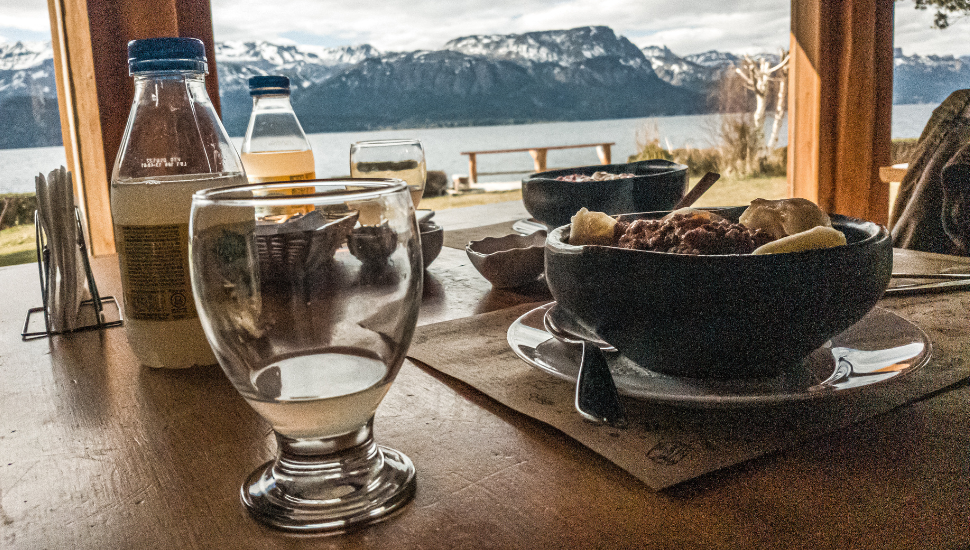
What sort of food can I expect in Patagonia?
In larger settlements, you'll have access to familiar foods like pizza, with the occasional vegan or vegetarian establishment. Argentine steakhouses are also commonplace - as you might expect from the world's fifth-biggest beef producer (2022).
In rural Patagonia, you’re more likely to come across lamb dishes than beef ones since the early European settlers were generally sheep farmers. There's even a settlement of Welsh descendants, where many locals still speak a version of Welsh and where sheep farming continues.
Get a Quote